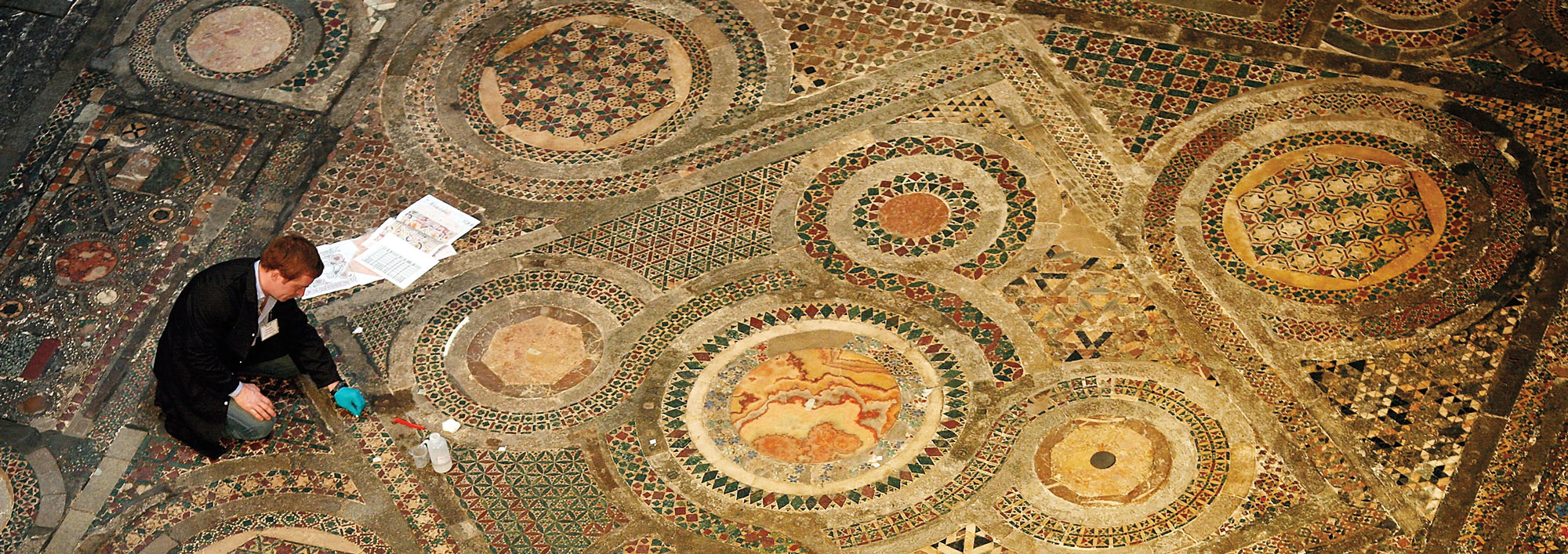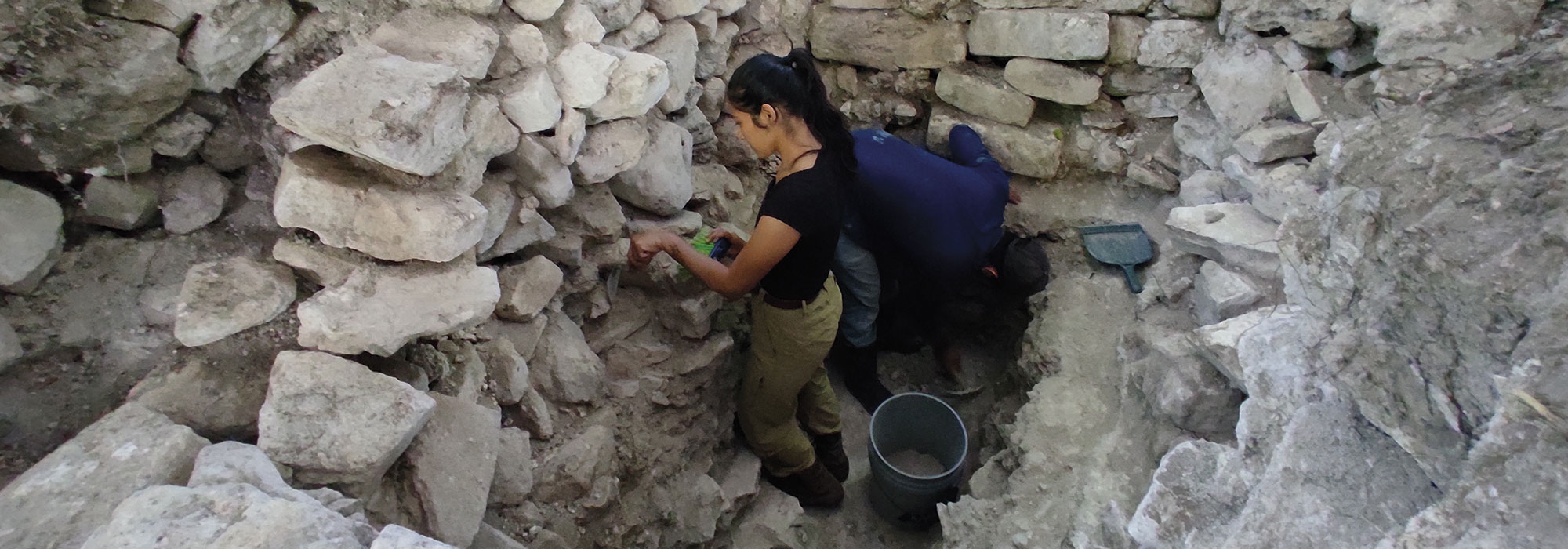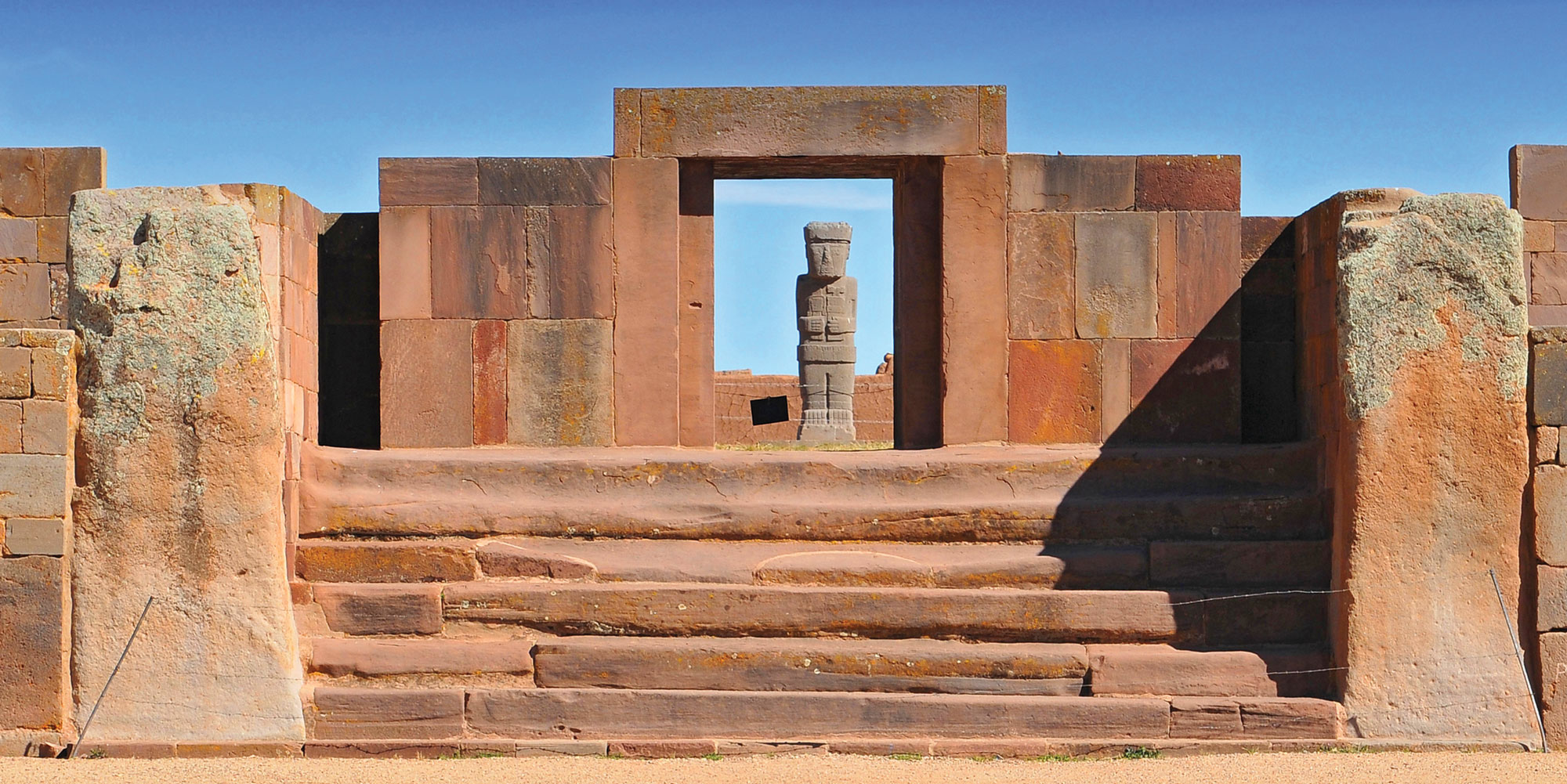COUNTY DURHAM, ENGLAND—According to a statement released by Durham University, a team of researchers led by archaeologist Chris Gerrard of Durham University has investigated the site of Auckland Castle, a bishop’s palace originally constructed in the twelfth century in northeastern England. The property was purchased in the mid-seventeenth century by Sir Arthur Haselrig, who was a Puritan and a supporter of the Parliamentarian Oliver Cromwell. Haselrig used gunpowder to blow up parts of the fourteenth-century chapel at the site, and then constructed a house for himself. The house was later demolished when the British monarchy returned to power in 1660. The recent excavation identified parts of the medieval chapel that had been used as rubble in the walls of the seventeenth-century structure. The researchers were also able to determine the layout of Haselrig’s house, and discovered artifacts in it that likely belonged to laborers and tradesmen, which suggests that the building had not been lived in before it was destroyed. “The fact that Haselrig seems never to have occupied the house is unexpected and has helped shed more light on the timelines of construction and destruction at Auckland Castle by Haselrig and the subsequent Bishop, John Cosin,” Gerrard explained. Medieval items, including a gold flower decoration, an arrowhead, pieces of stained glass, coins, and a jet die were also uncovered. To read about the defeat of a Scottish army by Cromwell's Parliamentary forces, go to "After the Battle."











